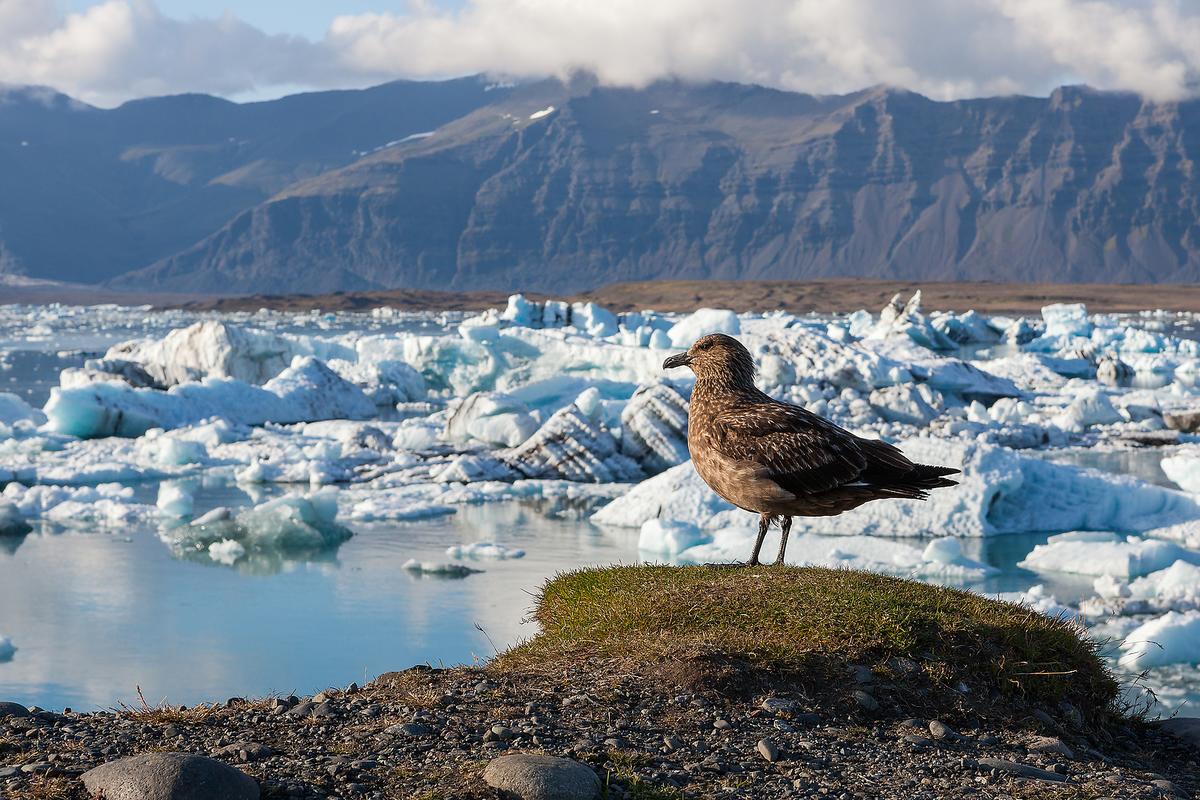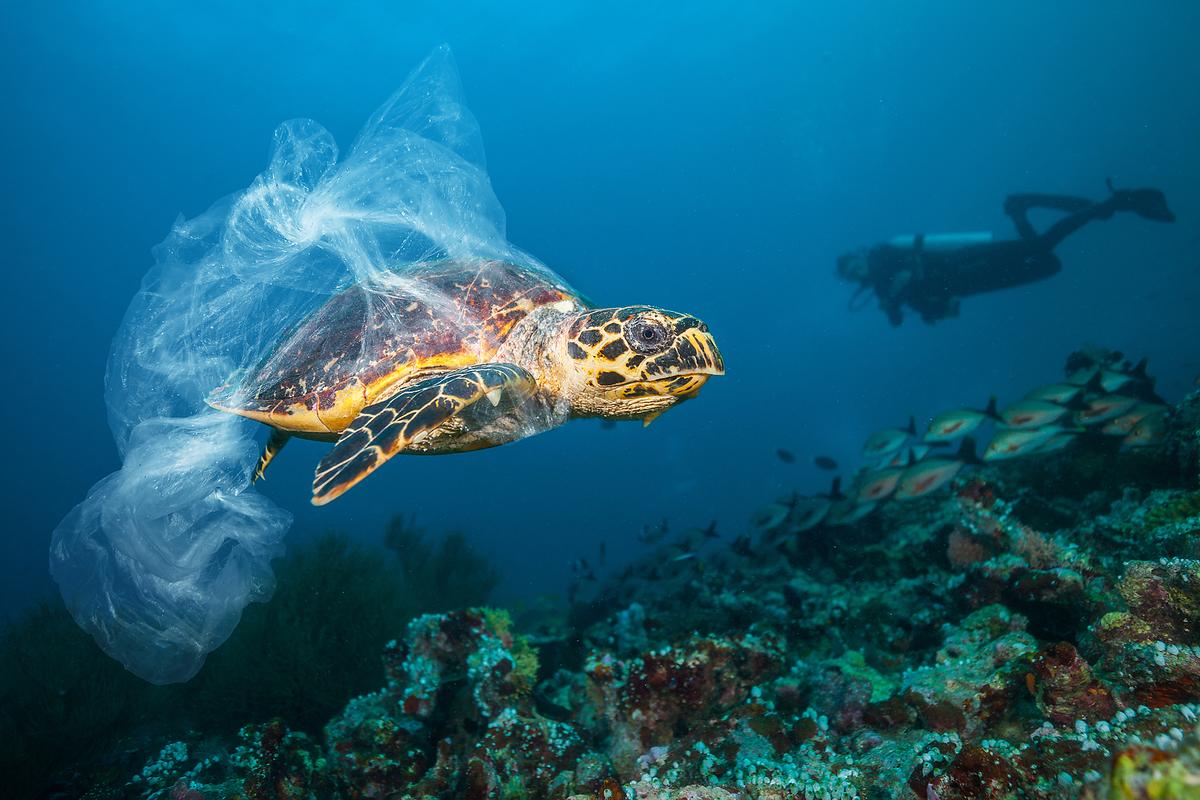Climate Report Warns of Damage to the World’s Oceans: Why the Choices We Make Now Are Critical for the Future of Our Oceans & Cryosphere by Mei Marcie

The Intergovernmental Panel on Climate Change (IPCC), the United Nations body for accessing the science related to climate change, issued a special report on the ocean and cryosphere that highlighted changes already underway in our oceans. It calls for effective action to reduce escalating costs and risks of delayed action.
The cryosphere is the frozen parts of the planet, such as snow, glaciers, ice shelves, permafrost and seasonally frozen ground, which play a crucial part of life on earth. They impact weather, food, water, energy, health and other aspects of life.
Here are the highlights of how the oceans and cryosphere have changed:
- Warmer Oceans: Global warming has reached 1 degree C above the pre-industrial level, resulting in warmer, more acidic and less productive oceans. Glaciers and ice sheets have melted, which resulted in sea level rise and more extreme coastal events.
- Changes in High Mountains: Melting glaciers, snow, ice and permafrost also increase hazards for people in mountain regions, such as through landslides, avalanches, rockfalls and floods. Recreational activities and tourism will also be affected with the loss of high mountain cryosphere. The melting glaciers also affect water availability and hydropower for the downstream communities.
- Rising Seas: Sea level has risen globally by around 15 cm during the 20th century, and it is currently rising more than twice as fast and accelerating. It could reach around 60 to 110 cm if greenhouse gas emissions continue to strongly increase.
- More Frequent and Extreme Sea-Level Events: The increase in sea level will lead to more extreme high tides, intense storms, cyclones, floods, which may result in certain island nations becoming uninhabitable.
- Changing Ocean Ecosystems: Ocean warming and acidification, loss of oxygen and changes in nutrient supplies are already affecting marine life. Communities that depend on seafood may face nutritional and health safety.
- Thawing Permafrost: Permafrost holds large amounts of organic carbon, which when thawed, will significantly increase the concentration of greenhouse gases in the atmosphere.
There is a call for urgent action to reduce greenhouse gas emissions, protect ecosystems and natural resources. With increasing alarming reports of how severe the situation is, we have to be even more mindful of how we live so that we can leave this earth in an habitable state for our future generations.
Read the full report and learn more via The New York Times.
Take 30 seconds and join the 30Seconds community. Inspire ... and be inspired.
Related Products on Amazon We Think You May Like:
30Second Mobile, Inc. is a participant in the Amazon Services LLC Associates Program, an affiliate advertising program designed to provide a means for us to earn fees by linking to Amazon.com and affiliated sites.










join discussion